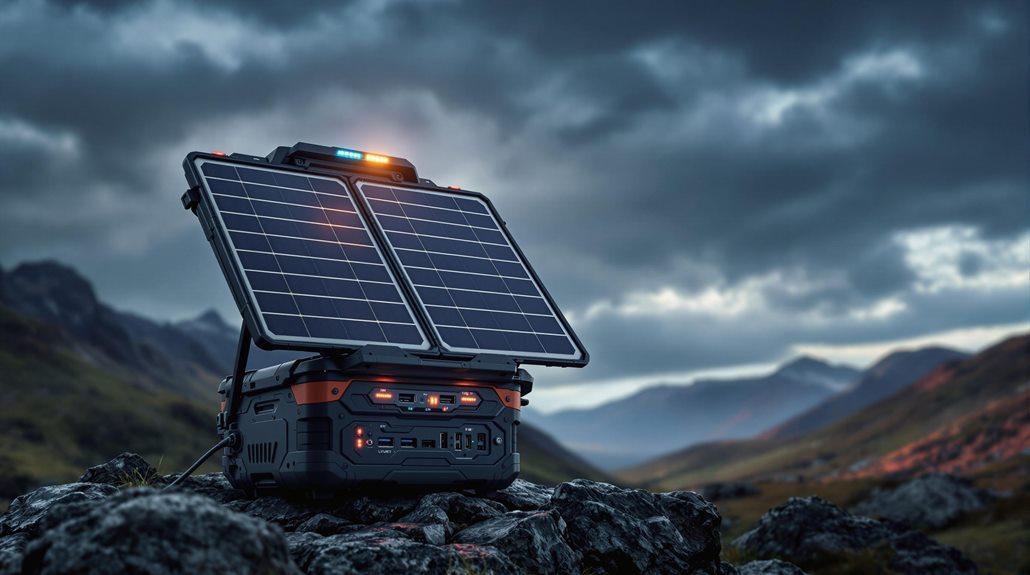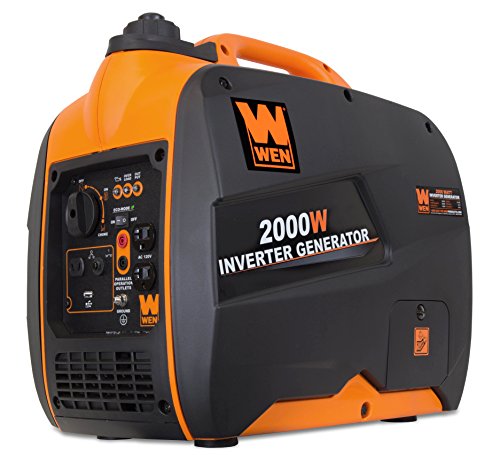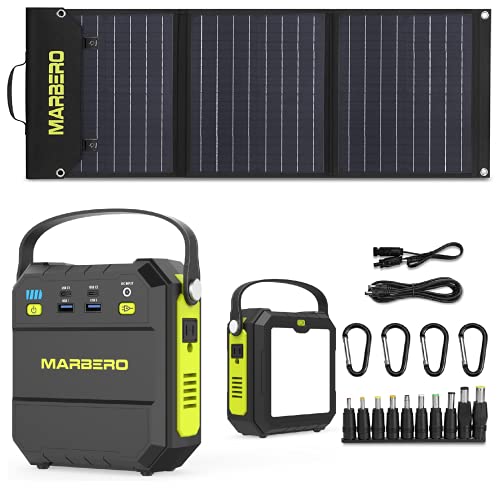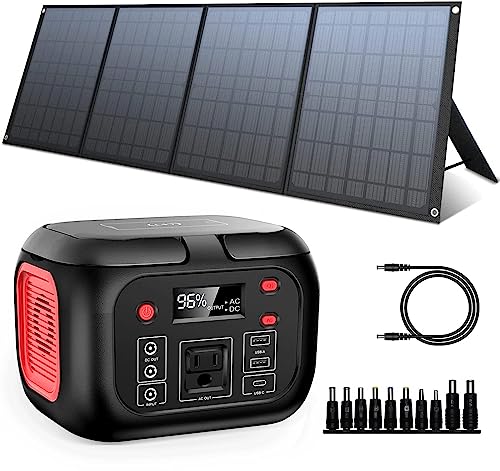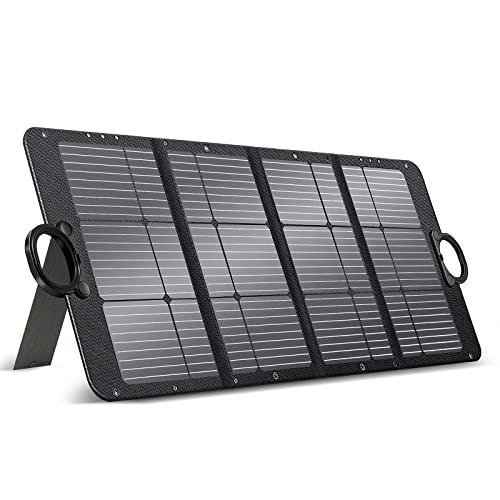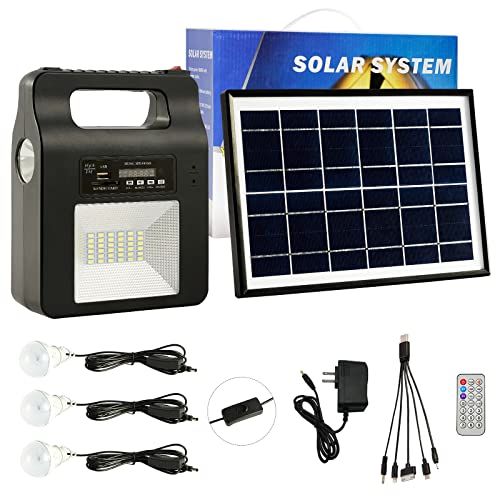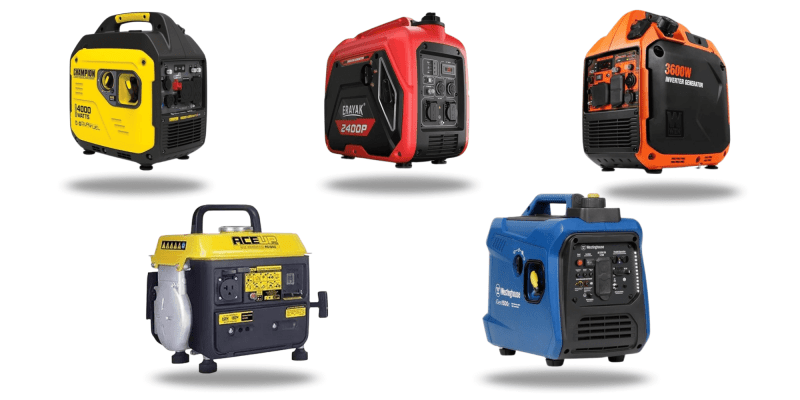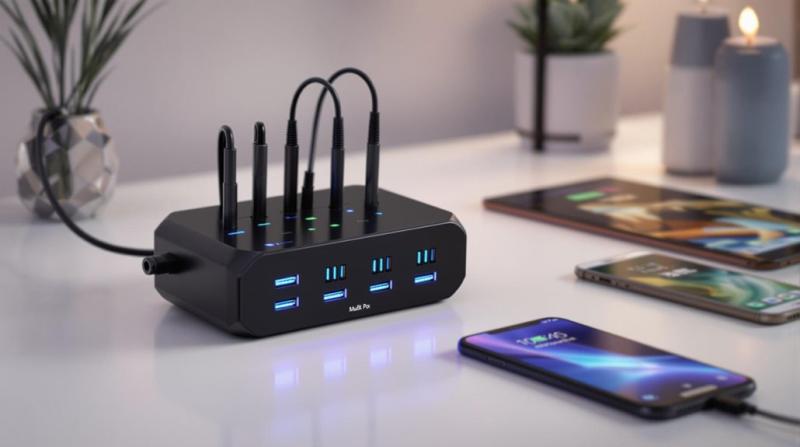Portable energy stations provide reliable backup power for your outdoor emergency needs, offering 1000-3000W of continuous power and 500-716Wh minimum battery capacity. These stations feature multiple charging ports, including AC outlets, USB-A, and USB-C with up to 100W Power Delivery. You'll get 4-12 hours of runtime for critical devices, with options to expand capacity up to 26.9kWh. Modern units use safe LiFePO4 batteries, operate in temperatures from -4°F to 140°F, and include all-encompassing protection systems. With weights ranging from 7-50 pounds and solar charging capabilities, you'll find various models to match your specific emergency preparedness requirements. Exploring the technical details will help you select the perfect unit for your situation.
Key Takeaways
- Portable energy stations provide 1000W-3000W of continuous power with LiFePO4 batteries, lasting 4-12 hours for essential devices during emergencies.
- Multiple charging options include solar power (100W-200W), with MPPT controllers enabling 80% charge in two hours.
- Weather-resistant construction withstands temperatures from -4°F to 140°F, with IP-rated components for outdoor reliability.
- Built-in safety features prevent overcharging, overheating, and electrical issues through automatic shutdown and monitoring systems.
- Units range from lightweight 7-pound models to 50-pound stations, with convenient mobility features like wheels and telescoping handles.
Essential Features for Emergency Power
When preparing for outdoor emergencies, you'll need a portable energy station that meets several critical requirements. Pure sine wave inverters provide the cleanest and most stable power output for sensitive electronics. A reliable portable power station should have a minimum battery capacity of 500Wh to effectively power your critical devices during outages, with LiFePO4 battery technology offering superior safety and longevity compared to standard options.
Your power station should deliver at least 1000W of continuous power output, with the ability to handle 2000W peak loads for demanding appliances. Look for multiple connection options, including AC outlets, USB-A, and USB-C ports, to accommodate various devices simultaneously. Fast charging capabilities are essential, as you'll want to reach 80% battery capacity in under two hours when power is available.
For extended emergencies, confirm your unit supports solar charging to maintain power even when the grid is down. A clear digital display showing remaining battery percentage will help you manage your power resources effectively. These features combine to create a reliable emergency power solution that'll keep your essential electronics running when you need them most, from medical equipment to communication devices.
Power Output and Runtime Duration
Most portable energy stations designed for outdoor emergencies deliver between 1000W to 3000W of continuous power output, with peak capabilities reaching up to 6000W. This power output range safeguards you'll have sufficient energy for essential devices during emergency situations, from charging phones to running small appliances. With versatile output options like AC, DC, and USB ports, these stations enable simultaneous charging of multiple devices while maintaining stable power delivery.
When considering runtime duration, you'll find that a portable power station's capacity, measured in watt-hours, directly affects how long your devices can operate. For example, a 716Wh battery can power your essential electronics like phones and fans for extended periods. High-capacity models, such as those offering 26.9kWh of expandable power, provide even longer runtime for critical household needs during emergencies.
The LiFePO4 battery technology in modern solar generators maintains approximately 79% capacity retention after 8.5 months, safeguarding reliable performance when you need it most. Your runtime will vary based on specific wattage demands, but you can typically expect 4-12 hours of continuous operation for essential devices like medical equipment and communication devices. It is imperative to calculate your power requirements beforehand to select a portable power station that matches your emergency use needs.
SGD 635.41
4.46 out of 5 stars2000W Gas Inverter Generator, CARB Compliant
Efficient and Eco-Friendly Power Solution for Your Outdoor Adventures
Product information
Product Review Score
Product links
Weather Resistance and Durability Specs
Beyond power capabilities, the physical resilience of portable energy stations determines their reliability in harsh outdoor conditions. You'll find most models constructed with rugged ABS plastic or metal exteriors that can withstand an impressive temperature range from -4°F to 140°F, guaranteeing consistent outdoor performance in varying climates. Advanced battery technology and proper maintenance routines help maximize the lifespan of these durable units.
The incorporation of LiFePO4 battery technology provides superior durability and impact resistance compared to traditional batteries, while markedly reducing fire risks during extreme conditions. High-end models feature IP-rated sealed enclosures that protect internal components from dust and water exposure, making them dependable even in challenging weather. You'll notice practical design elements like protective rubber port covers and shock-absorbing chassis that shield your unit from accidental drops or rough handling during emergencies.
Testing data confirms these durability features aren't just marketing claims - these stations maintain between 79% and 93% of their battery capacity even after extensive exposure to temperature fluctuations and mechanical stress. When you're selecting a portable power station for emergency use, look for these specific durability indicators to guarantee your unit will perform reliably when you need it most.
Solar Integration and Charging Methods
In addition to standard charging methods, portable power stations now feature advanced solar integration capabilities that transform them into reliable off-grid energy solutions. You'll find that most power station models can accept solar input between 100W to 200W, making them effective solar generators for emergency charging situations. For maximum efficiency, many top-rated power stations like the Jackery Explorer 1000 and Goal Zero Yeti 1500X include specialized MPPT charge controllers.
The integration of MPPT technology in these portable power units maximizes solar panel efficiency, allowing you to charge your battery generator from empty to 80% in about two hours under ideal conditions. Leading manufacturers like Jackery, EcoFlow, and Anker have developed specialized solar panel configurations that work seamlessly with their power stations, enhancing your outdoor energy options. The LiFePO4 battery chemistry in modern units further improves solar charging performance, particularly in varying weather conditions.
You can expand your renewable input capabilities by connecting multiple solar panels, increasing both charging speed and overall power generation. This flexibility makes these systems ideal for extended off-grid scenarios, where you'll need consistent and reliable outdoor energy solutions. The combination of efficient solar integration and advanced battery technology guarantees you'll have access to sustainable power when traditional sources aren't available.
SGD 297.87
SGD 200.74
4.69 out of 5 starsMARBERO Solar Power Station with Panel Kit
Unleash the Power of the Sun with MARBERO's Solar-Powered Portable Generator and Panel Kit
Product information
Product Review Score
Product links
Device Compatibility and Port Selection
While solar charging capabilities provide sustainable power generation, the true utility of portable power stations lies in their extensive connectivity options. Today's power stations come equipped with 12 or more ports, offering you remarkable flexibility for emergency use and outdoor activities. The lithium-ion battery design guarantees efficient and lightweight performance compared to older power solutions. You'll find multiple USB-C ports with 100W power delivery, standard USB-A connections, DC outlets, and car sockets all in one device.
The device compatibility of modern power stations is particularly impressive, as you can power everything from smartphones to full-size refrigerators. High-end models offer 1000W to 3000W of output wattage, letting you run essential appliances during power outages. You'll appreciate the convenience of integrated wireless charging pads, which eliminate the need for cables when charging compatible devices. The inclusion of multiple AC outlets means you won't have to choose between running your CPAP machine or keeping your laptop charged.
When selecting a backup power solution, consider the variety and types of ports available. Look for units that offer USB-C ports for fast-charging newer devices, while maintaining traditional connections for older equipment. This versatility guarantees you're prepared for any situation requiring portable power.
Mobility and Weight Considerations
Choosing the right balance between power capacity and portability can make or break your outdoor power solution. When selecting a portable power generator, you'll need to contemplate how you'll transport it and where you'll use it. Most units range from 7 to 50 pounds, giving you options for different scenarios and mobility needs.
For lightweight outdoor activities or emergency go-bags, you'll want to look at compact models weighing around 7 pounds, like the Jackery Explorer 300. These units offer sufficient power for essential devices while maintaining easy mobility. Mid-range options, such as the 22-pound Jackery Explorer 1000, provide a prime balance between weight and capacity for most outdoor situations.
If you need maximum power capacity, larger units like the Anker Solix F3800 include built-in wheels and telescoping handles to offset their 70-pound weight. Manufacturers are now using lightweight materials like aluminum and reinforced polymers to keep weight down while ensuring durability. When choosing your portable power station, contemplate how you'll use it with your solar panels and other equipment, and select a weight that you can comfortably manage in your specific outdoor or emergency situations.
Safety Systems and Battery Life
Beyond weight and portability, modern portable power stations excel in safety and longevity. The advanced LiFePO4 battery chemistry considerably reduces fire risk and provides enhanced thermal stability, making these units exceptionally safe for outdoor use. You'll find thorough battery management systems that constantly monitor critical parameters, including temperature, voltage, and current levels to prevent potential electrical issues.
These power stations offer impressive battery life, lasting through 2,000 to 3,500 charge cycles while maintaining 80% of their original capacity. You can count on built-in safety features like automatic shutdown mechanisms that activate when electrical loads exceed safe limits. The temperature-resistant design guarantees your unit performs reliably in extreme conditions, from -4°F to 122°F, providing consistent power when you need it most.
For electrical protection, the integrated systems work continuously to prevent overcharging, overheating, and other potential failures. You won't need to worry about monitoring these safety measures yourself, as the sophisticated battery management system handles everything automatically, letting you focus on your outdoor activities with peace of mind.
Frequently Asked Questions
What Is the Difference Between a Power Bank and a Portable Power Station?
While your power bank is a compact storage solution for device charging on-the-go, offering basic mobile power for smartphones, a portable power station acts as a more robust battery backup system. You'll find that power stations provide higher electrical capacity, superior energy transfer capabilities, and protection against power surges. They support multiple battery types and offer greater energy efficiency, making them suitable for powering larger appliances, not just portable charging of small devices.
How Long Will a Portable Power Station Run?
Like a camel storing water for a long journey, your portable power station's runtime depends on its battery capacity and energy consumption patterns. You'll typically get 10-15 hours for a refrigerator with a 1000Wh unit, while smaller devices like phones can last 50-100 charging cycles. Runtime factors include your device limitations, outdoor performance conditions, and connected wattage loads. For extended emergency backup, you'll want to evaluate solar compatibility for recharging.
What Can a 200W Portable Power Station Run?
You'll find that a 200W portable power station can effectively run multiple devices for your needs. It'll power your emergency lighting, charge phones and tablets, and keep your laptop running. You can operate small fans, camping gear, and radio communications equipment. While it'll handle medical devices like CPAP machines and charge drone batteries, it'll only run a mini fridge for shorter periods. Plan your power usage carefully for ideal performance.
Can a Portable Power Station Be Used as UPS?
Yes, you can use most portable power stations as UPS for emergency backup and uninterruptible protection. They'll automatically switch to battery support during a sudden outage, maintaining a continuous supply to your critical devices. For home protection and system resilience, you'll want to choose models with pure sine wave inverters and fast switchover times (10-500ms) to guarantee electrical safety. They're particularly effective for protecting computers and essential equipment during power interruptions.
